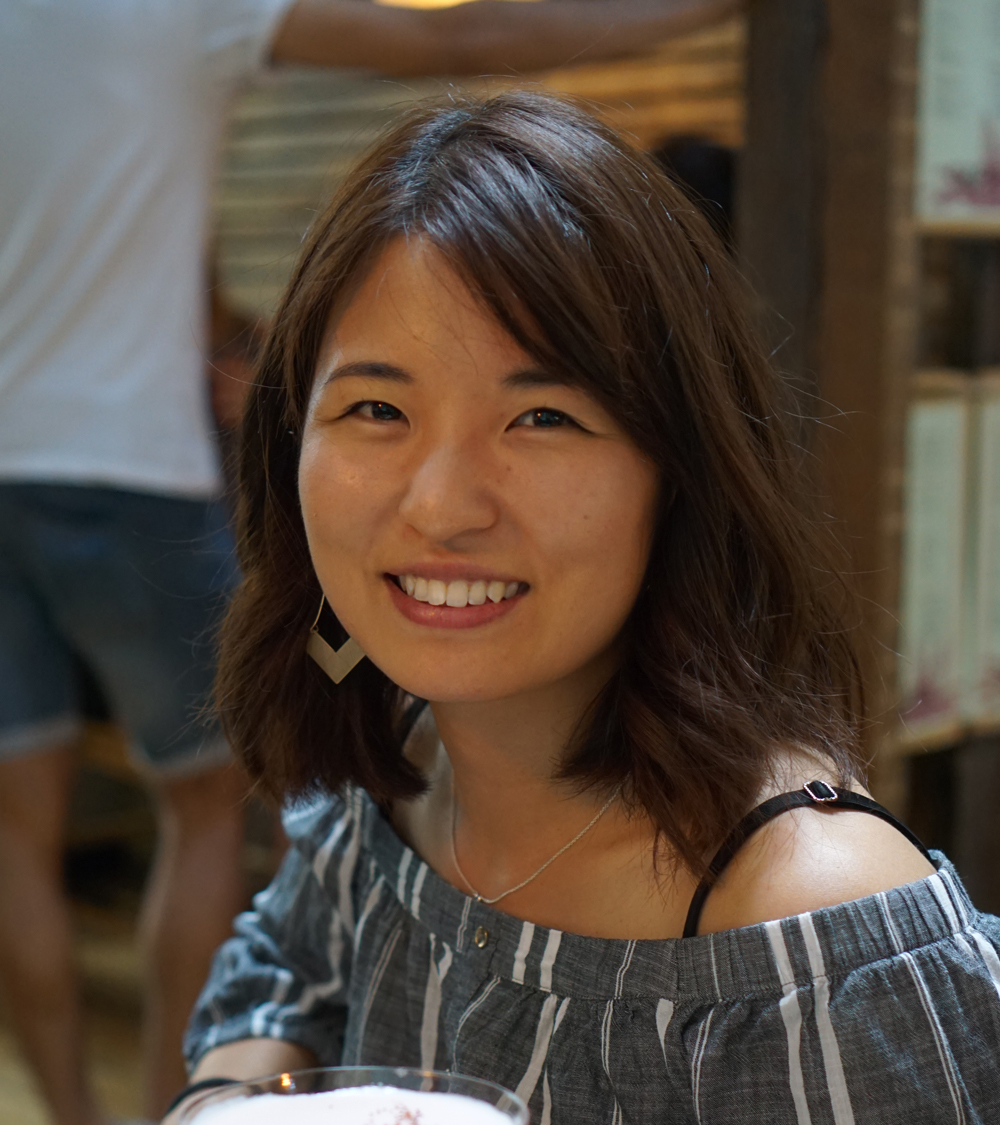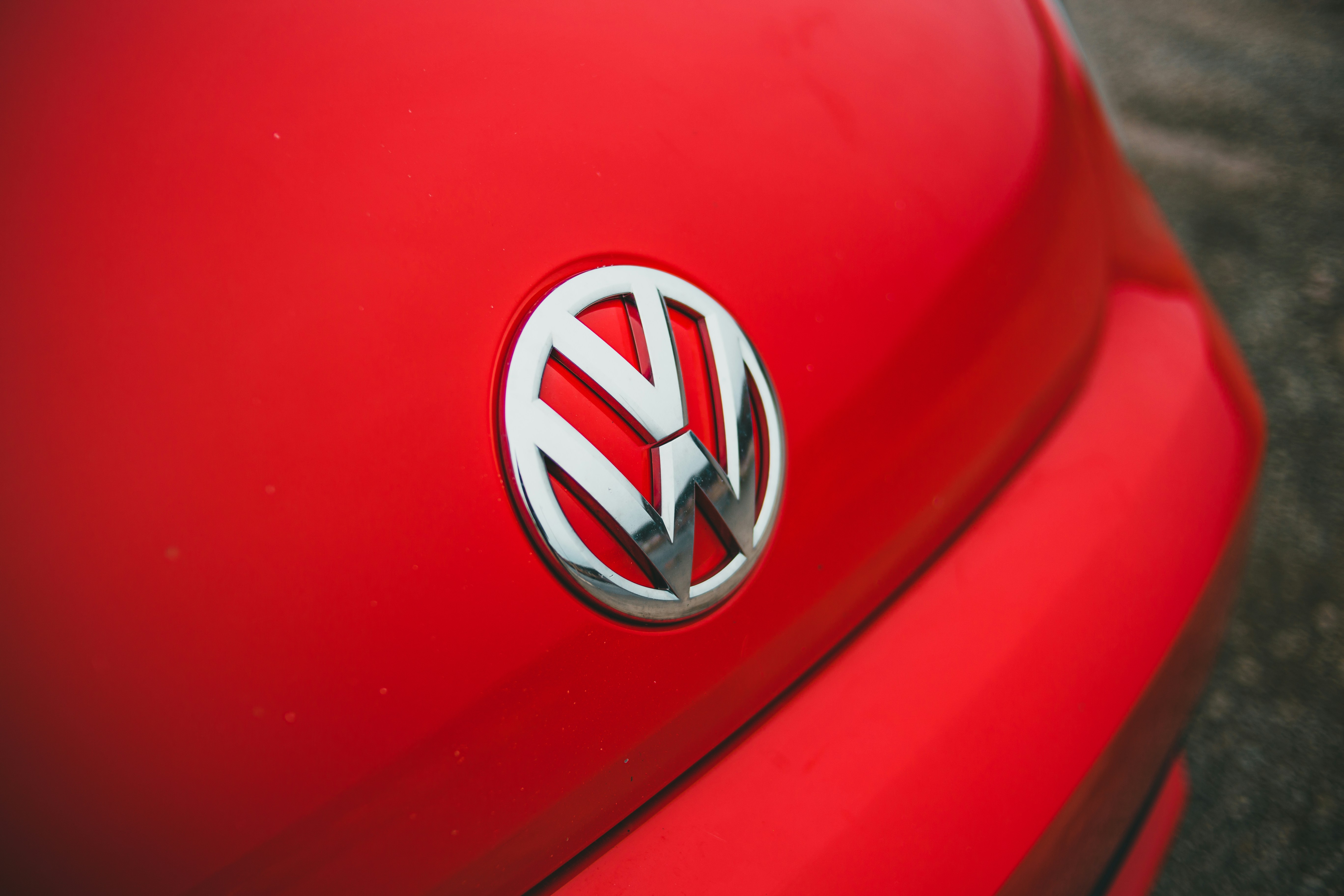How to draw a bird
This step-by-step video tutorial will teach you how to draw a bird that's realistic and anatomically correct.
Learning how to draw a bird can be a brilliant pastime. If you're looking to hone your drawing skills, or thinking of taking up a new hobby, this expert tutorial is a great way to start.
Why not have a look around for some birds during your daily exercise, you might just find some inspiration. That said, have you ever looked at a bird and thought about how fascinating they are? These amazing creatures can look significantly different from each other based on their diet, habits, environment and abilities, such as flying, swimming or running. Each and every type of bird has their own physical composition that's truly unique, which, as an artist, makes for an exciting challenge.
Our feathery friends are quite complex when it comes to the skeletal and muscular structure, as well as the formation of the wings and feathers. So to create an accurate representation of a bird, you'll need to pay close attention to detail.
This how to draw a bird tutorial is a step-by-step guide on drawing a side view of a bird, using an American Robin as an example. The lesson begins by explaining the six major body parts to watch for when drawing a bird, before carving out its mass and structure. Finally the guide will cover the fine details, such as the facial features, feet, and most importantly, the feathers. There are also tips on how to draw a bird with its wings open. And when you've finished, we've got a brilliant selection of other how to draw tutorials to get stuck in to.
Note: having a photo by your side for reference to observe a bird's subtle angles and details that can be easily missed is highly recommended.
How to draw a bird: a step-by-step guide
01. Understand the skeletal structure
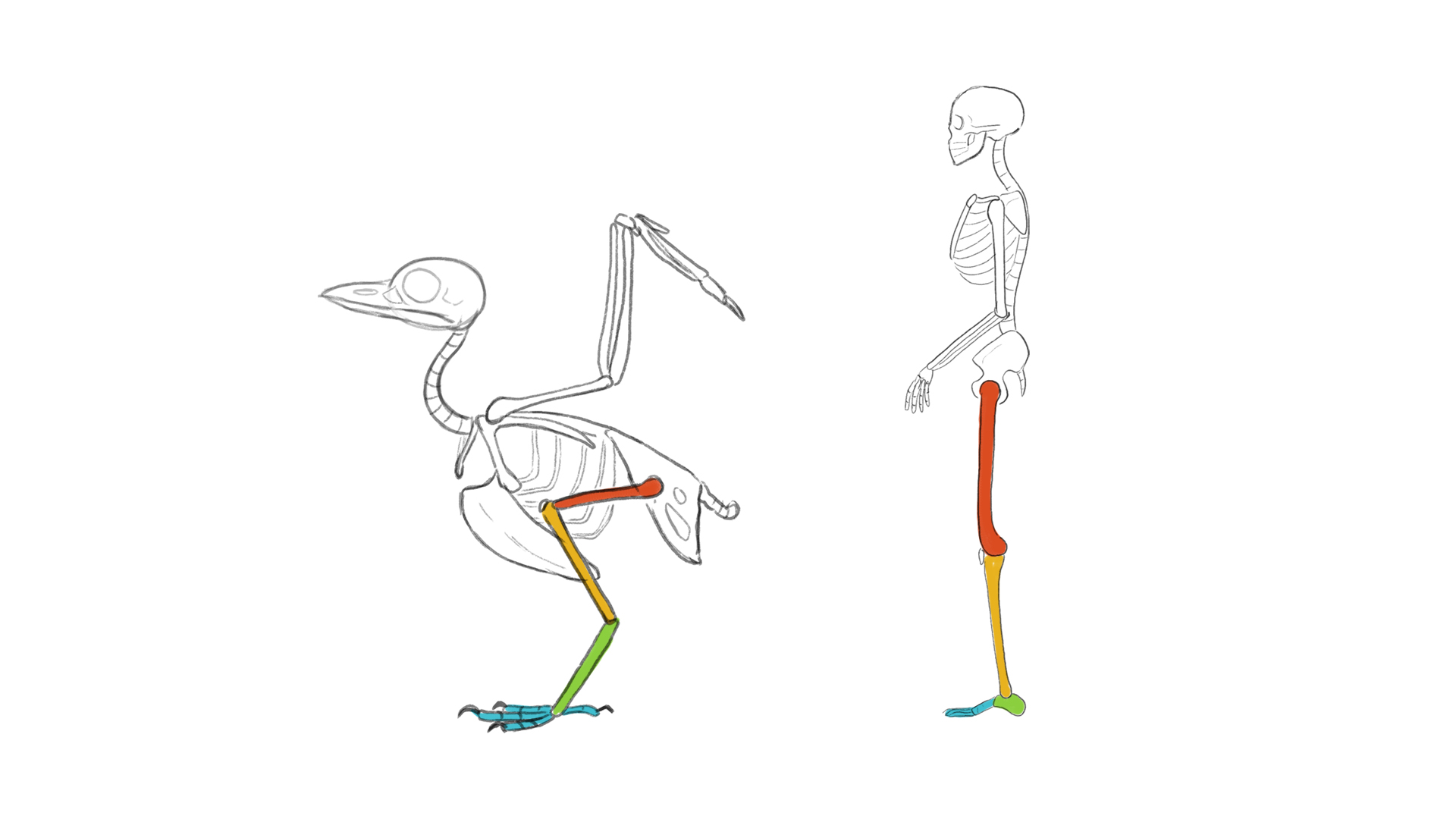
It's often thought that a bird's knees bends backwards, but in fact, what we consider as a bird's legs, are actually the joints of the heel and toes. When a bird uses its legs, it's designed to move mainly at its knees. Birds' hips don't rotate like ours do, so their knees act as a hip joint.
02. Observe the major body parts
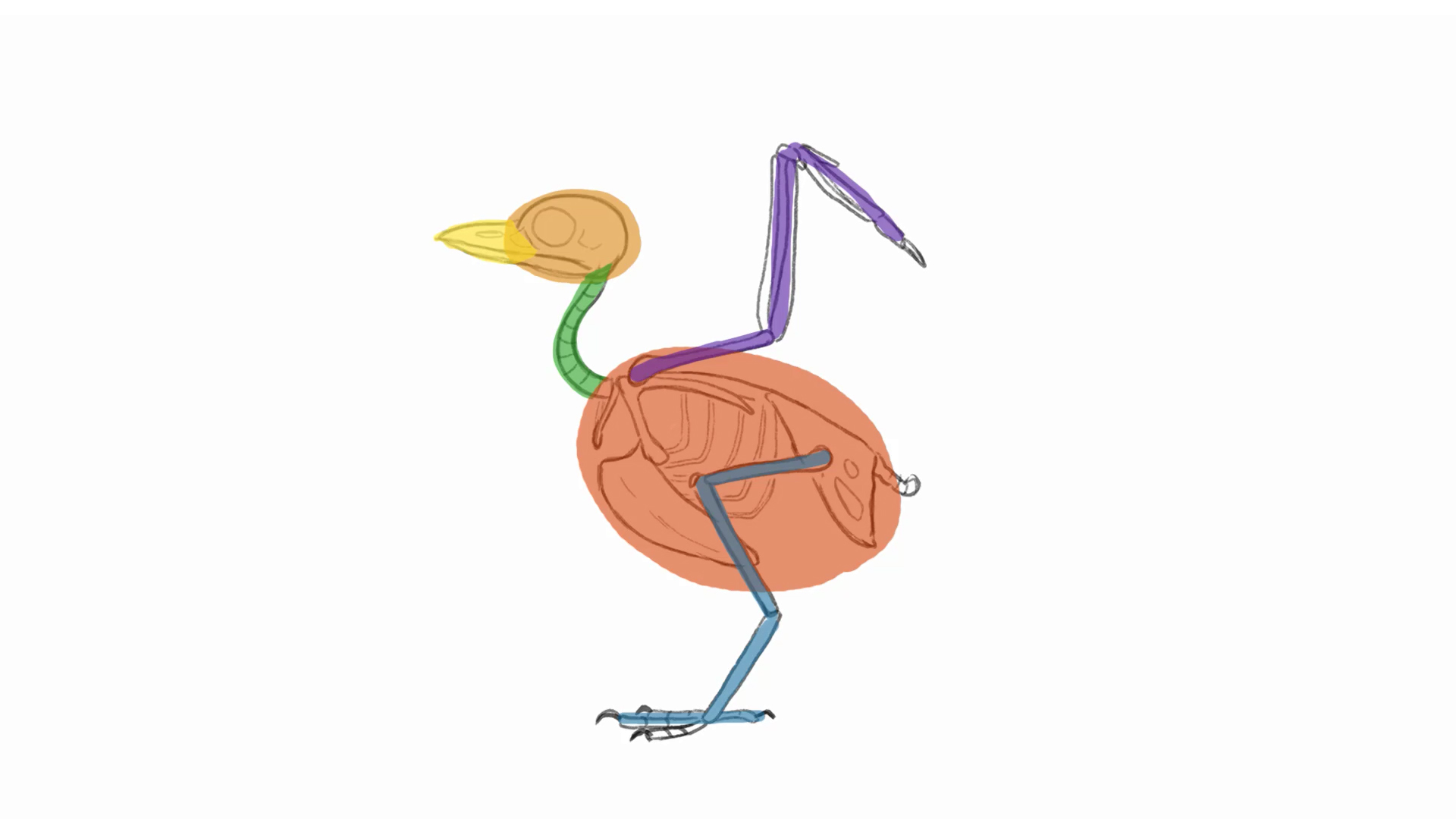
All birds have the same basic skeletal structure but with different variations in size and shape depending upon the species. One way of simplifying the skeletal structures is to divide it into six parts; the head, beak, neck, torso, legs and wings. Just by changing the proportion of each part, you can draw any type of bird.
Get the Creative Bloq Newsletter
Daily design news, reviews, how-tos and more, as picked by the editors.
03. Sketch in the torso and head shape
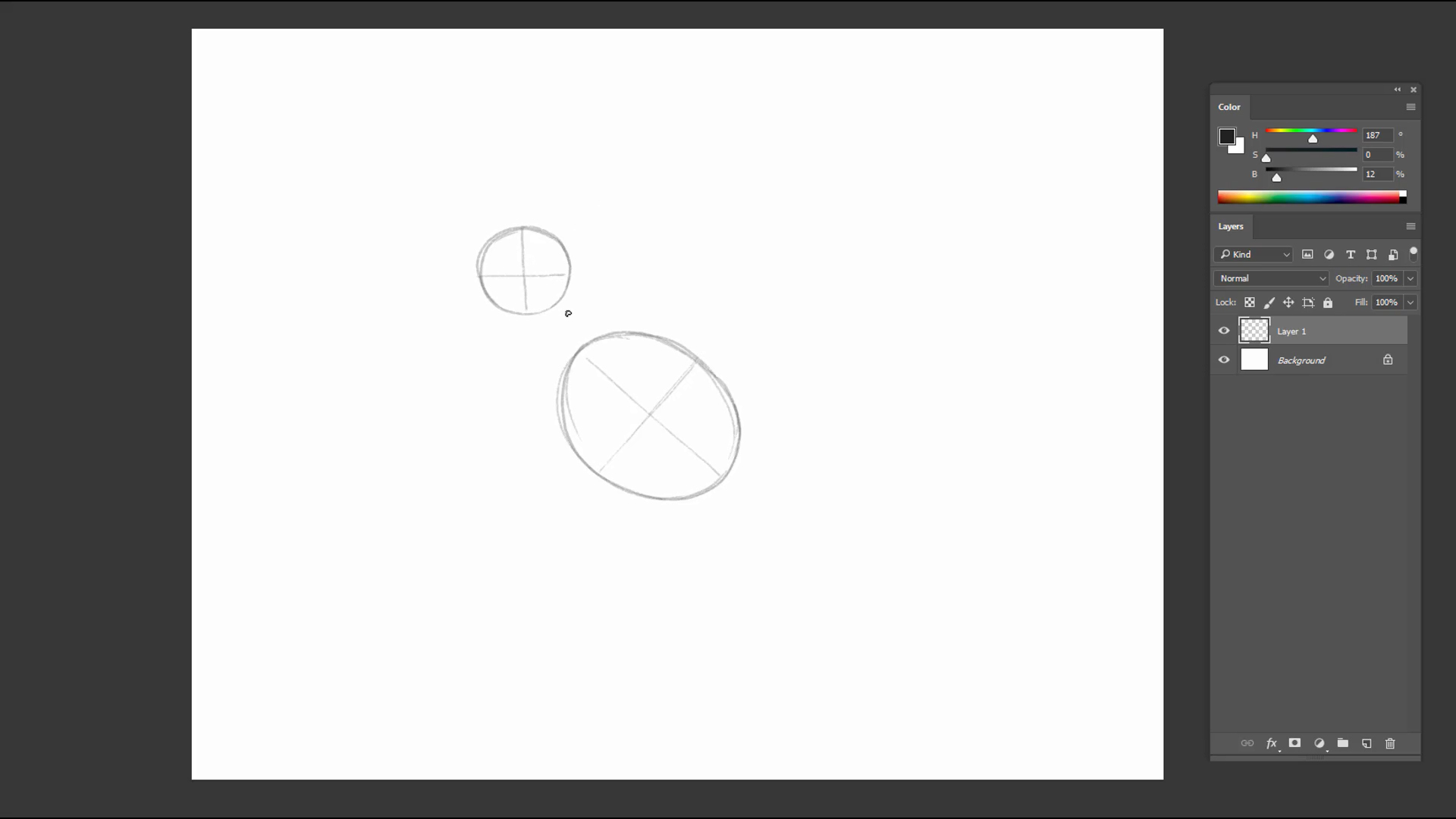
Draw a big round oval for the torso, and a circle that's half the size for the head. Divide them into quarters so that later on it will be easy to locate landmarks on the body.
04. Attach the neck, beak and tail
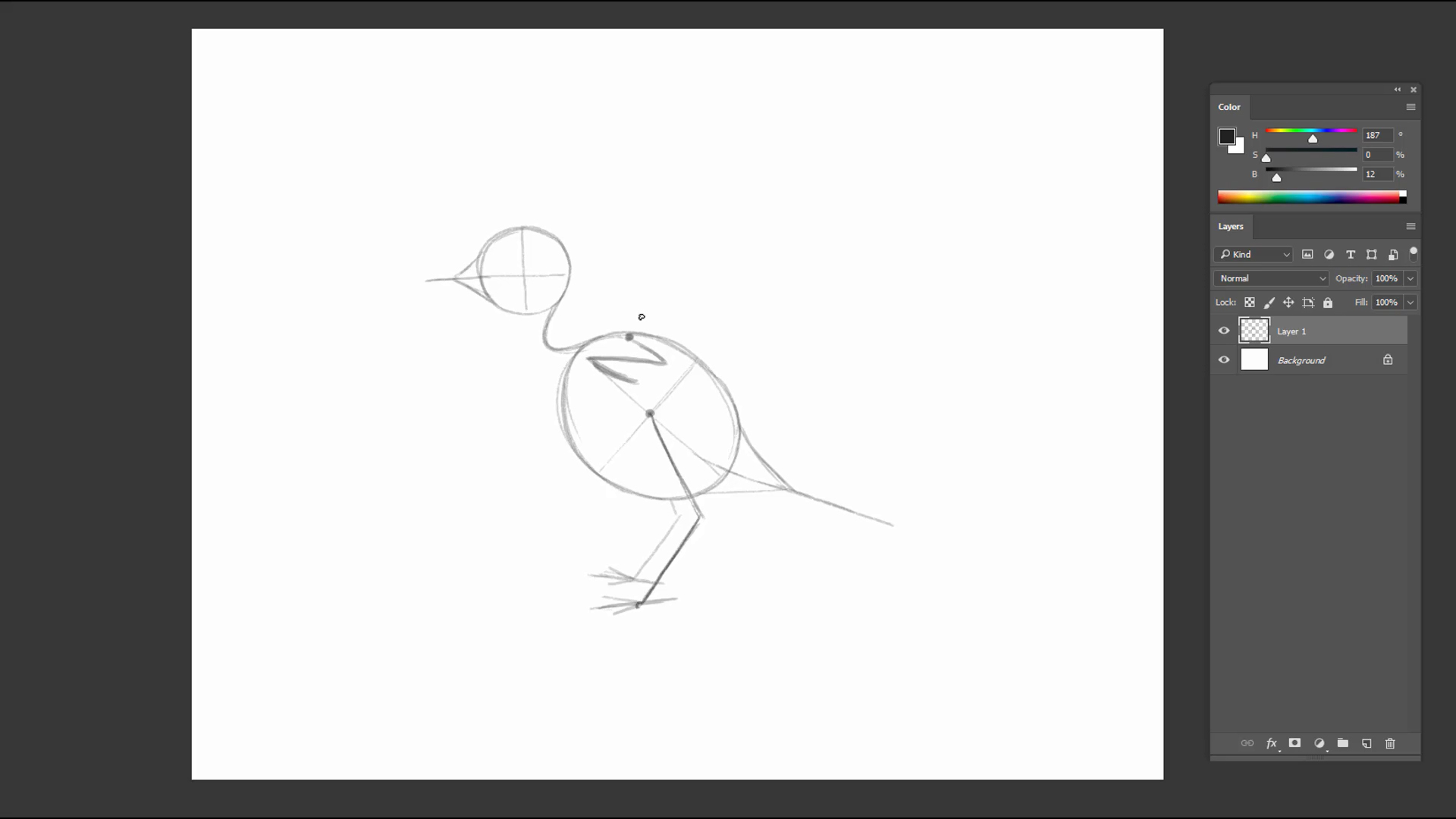
Draw in a curved neck from the head, attached close to the top of the oval. Form a balloon-like shape to the head and torso to find the overall shape of the beak and tail.
05. Draw in the arms and legs
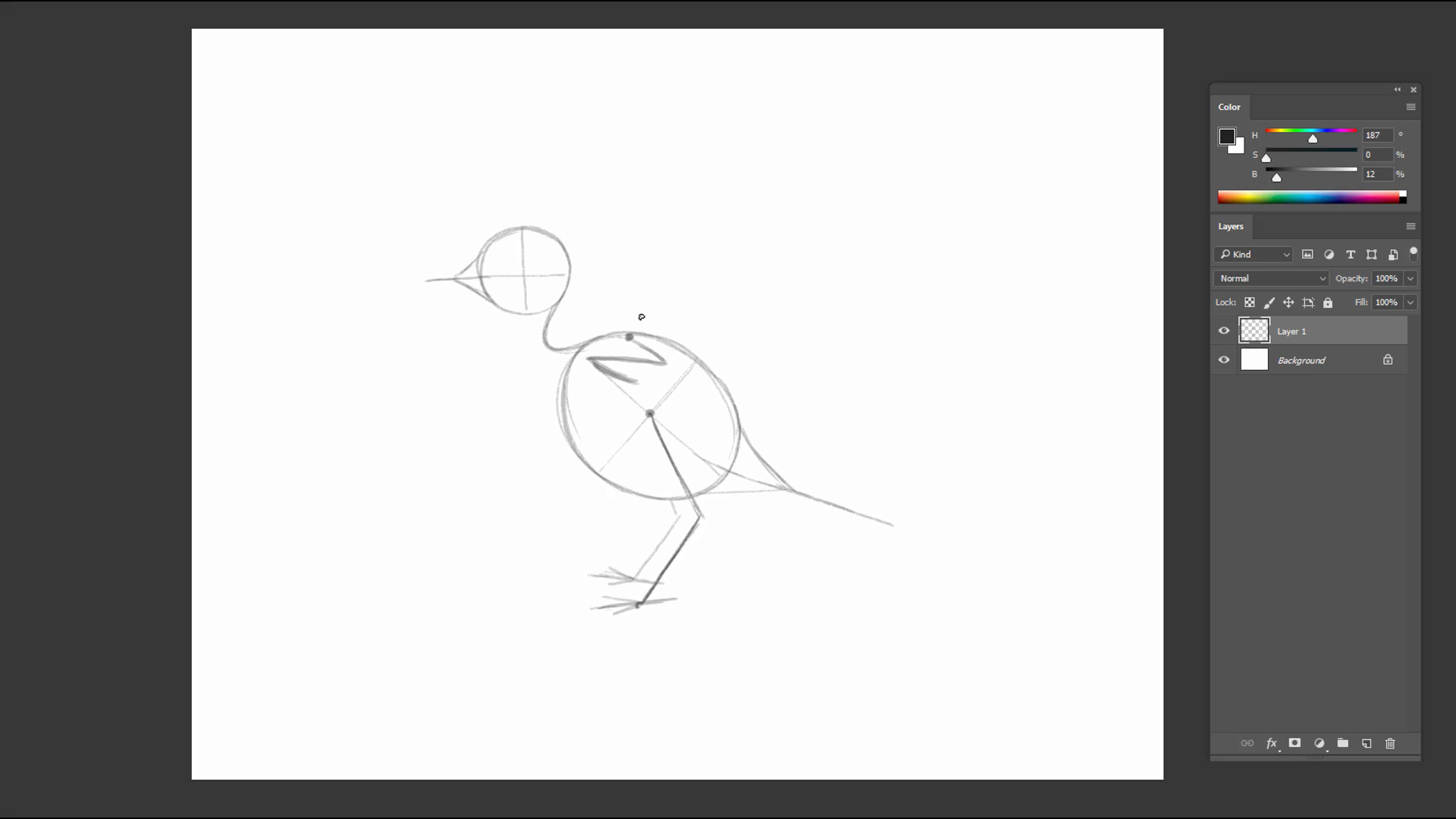
Take the centre of the torso to draw the legs. The toes have one long middle toe, two shorter ones on each side and one in the back. The length of the legs should be roughly the same. The shoulders will start from the top of the torso, and the arms will bend like a 'Z'.
06. Mass out the body structure
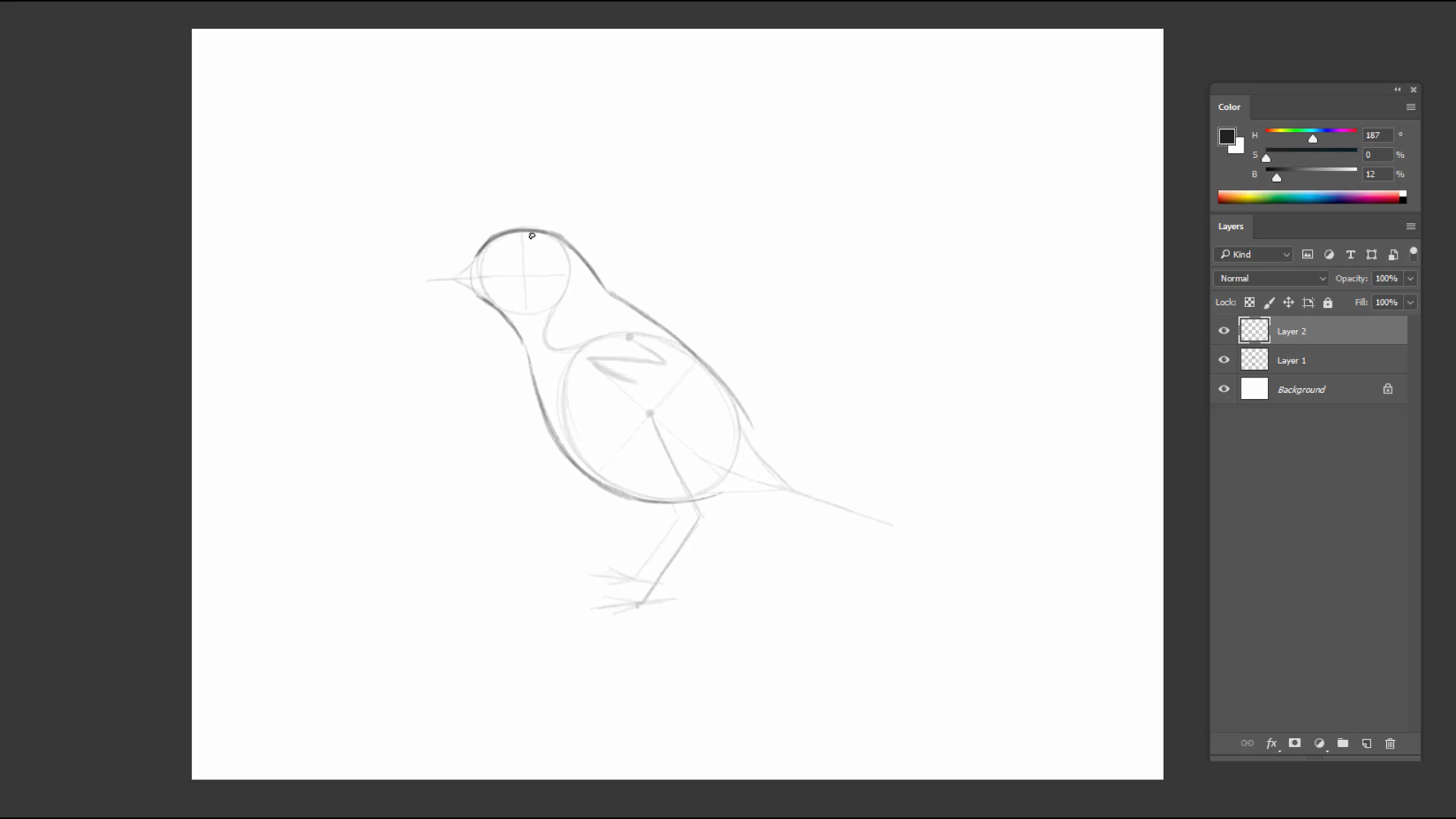
Connect the head to the body. As the neck approaches the back and chest, the form of the body gets rounder past half way.
07. Form the shape around the beak and tail
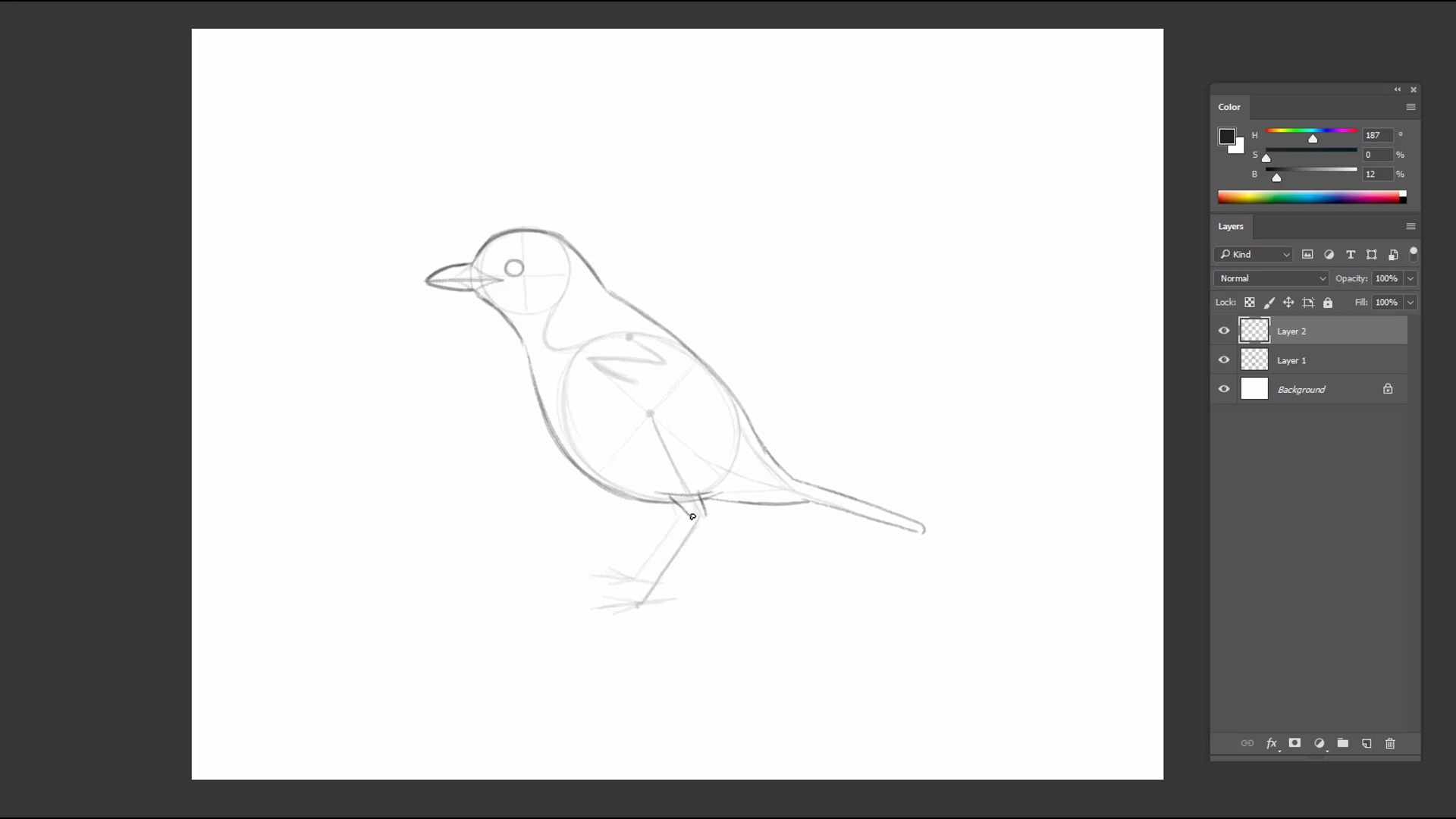
The beak is rounded at the top and slightly curved at the bottom, reaching back to the eye. Draw in a long rectangular shape for the tail.
08. Draw the legs and wing
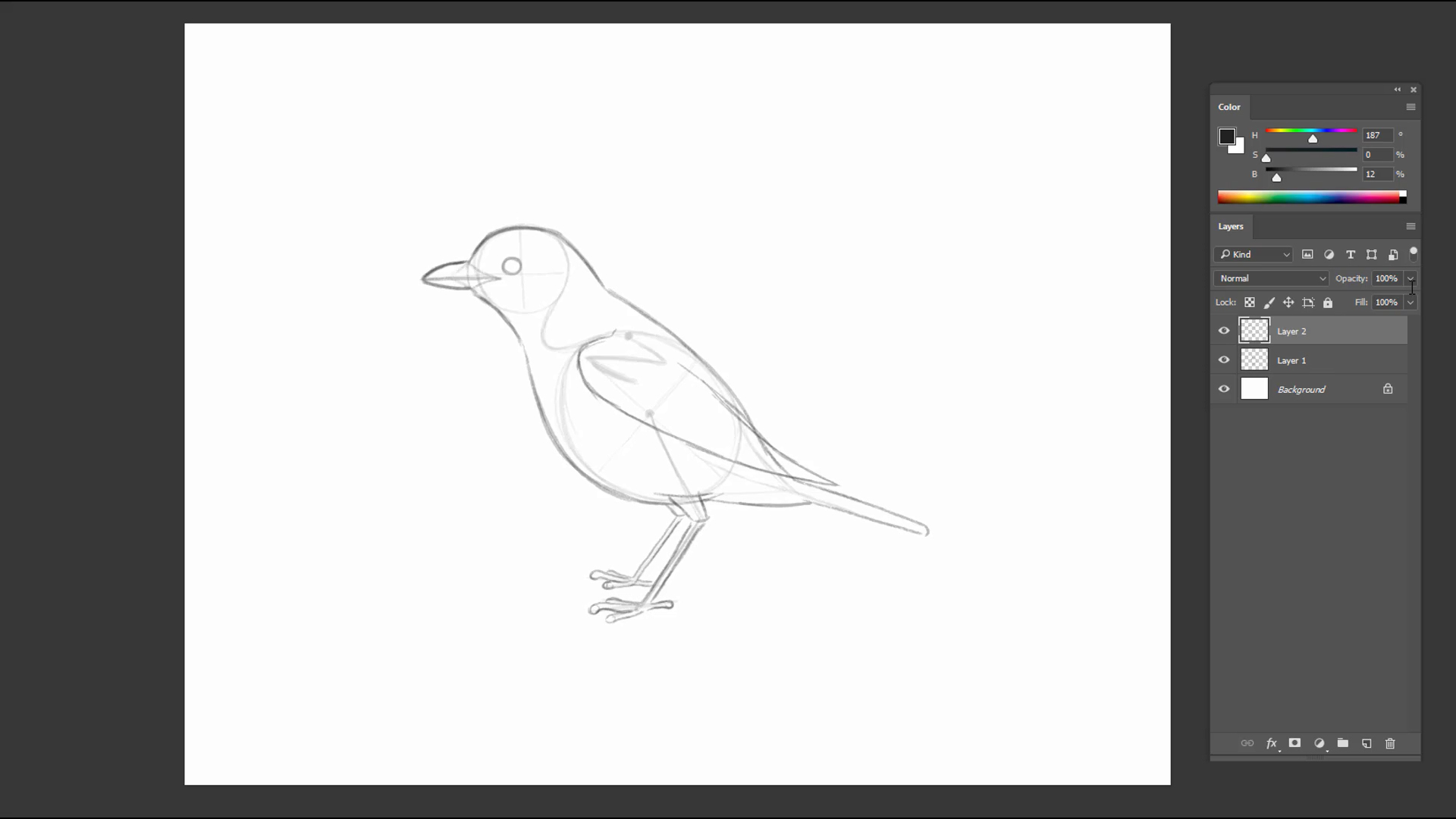
Draw the overlaps of the flank and leg over the body to add some perspective. The legs and toes form like thin twigs. The toes curve upwards with a bulb at the tip.
09. Carve out the details of the head and beak
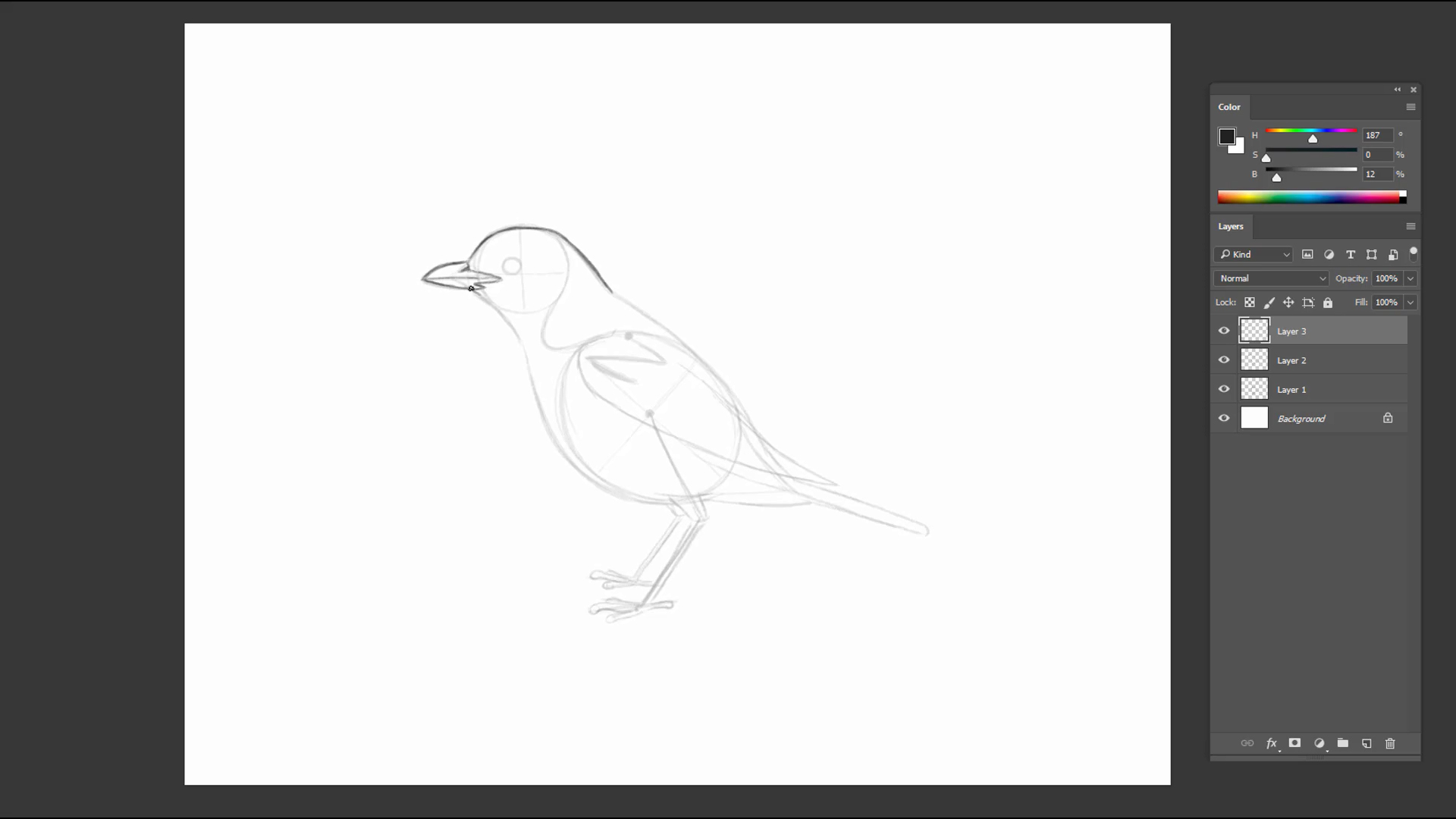
Follow the underdrawing to draw the head. Indicate the nose just where the beak and head meets. The lower part of the beak also has an indent similar to the shape of the nose indent.
10. Draw small feathers on the torso

Follow the rest of the under drawing to draw the body. Draw some feathers in areas that stick out of the torso.
11. Add details to the feet, eye and tail
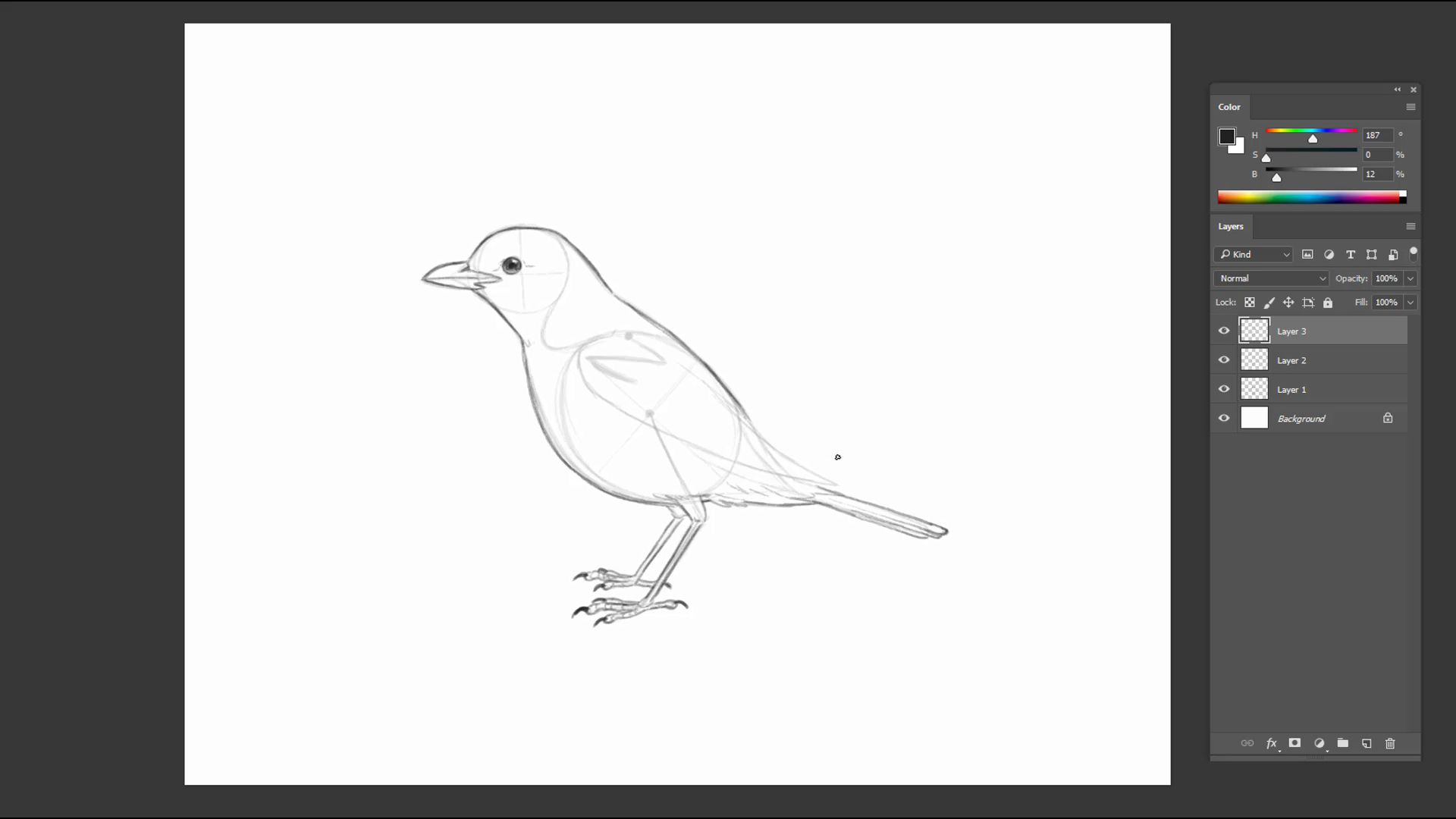
Draw in beady eyes with a dark pupil and small white highlight. The joints are relatively boney in the toes, so draw them more rigid. Following the form of the toes, draw some lines wrapping around. At the top of the bulb, etch in some thin sharp claws.
12. Indicate the layers of the wing
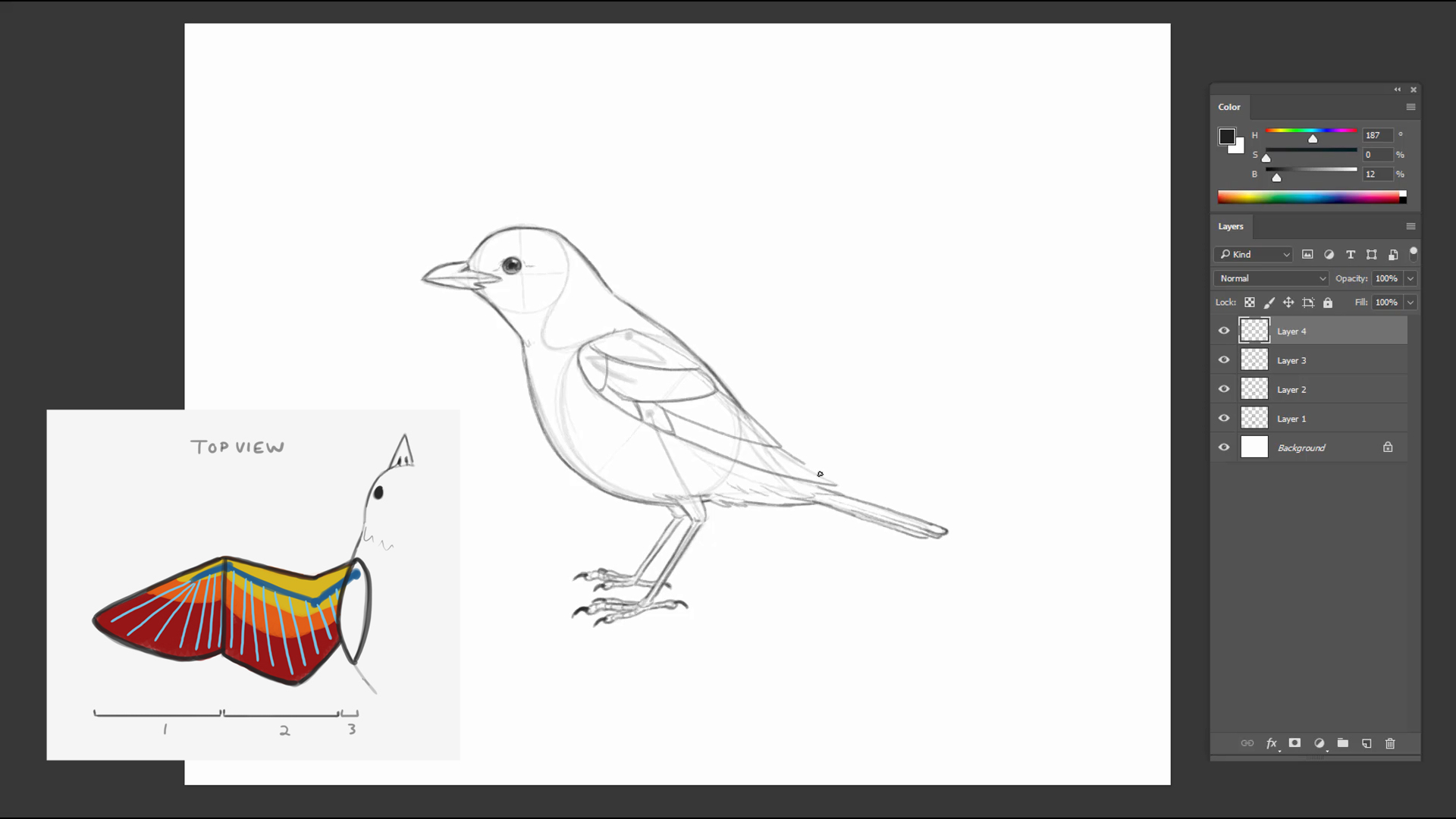
The wing comes in three major sections. The scapulars, secondaries, and the primaries. If you look at the feather direction, they are anchored from the structure on the wings. When you break it down further, each section has three layers of wings. When the wing is in a resting position, the feathers will fold and overlap – like a fan tucks itself away neatly.
13. Draw in the feathers
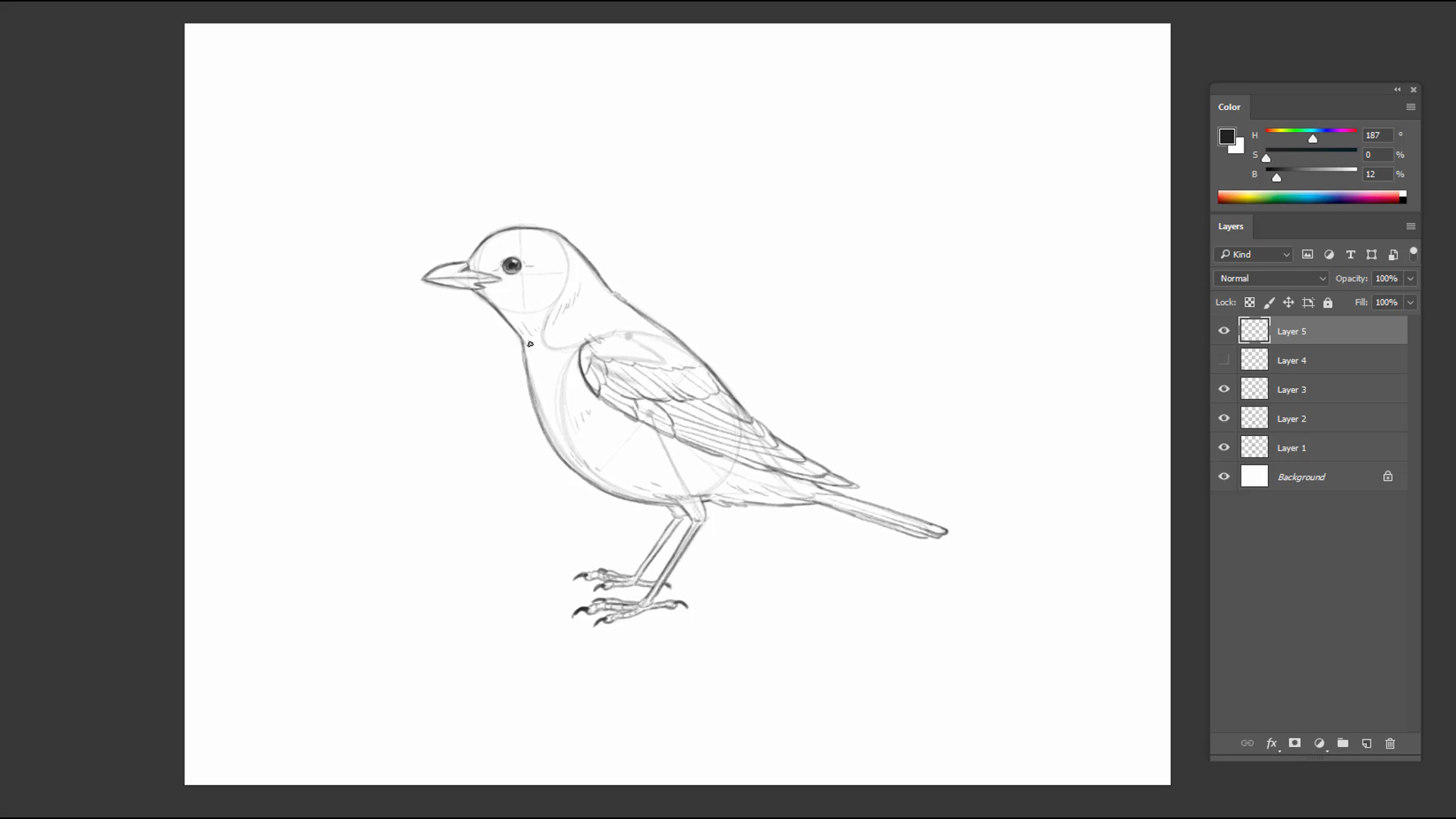
Make sure you follow your photo reference to avoid stiff and repetitive feathers. To avoid the feathers looking too complicated and messy, draw a thinner, lighter line to suggest the overlaps.

How to draw a bird with open wings
14. Find the skeletal form and under drawing of the open wing
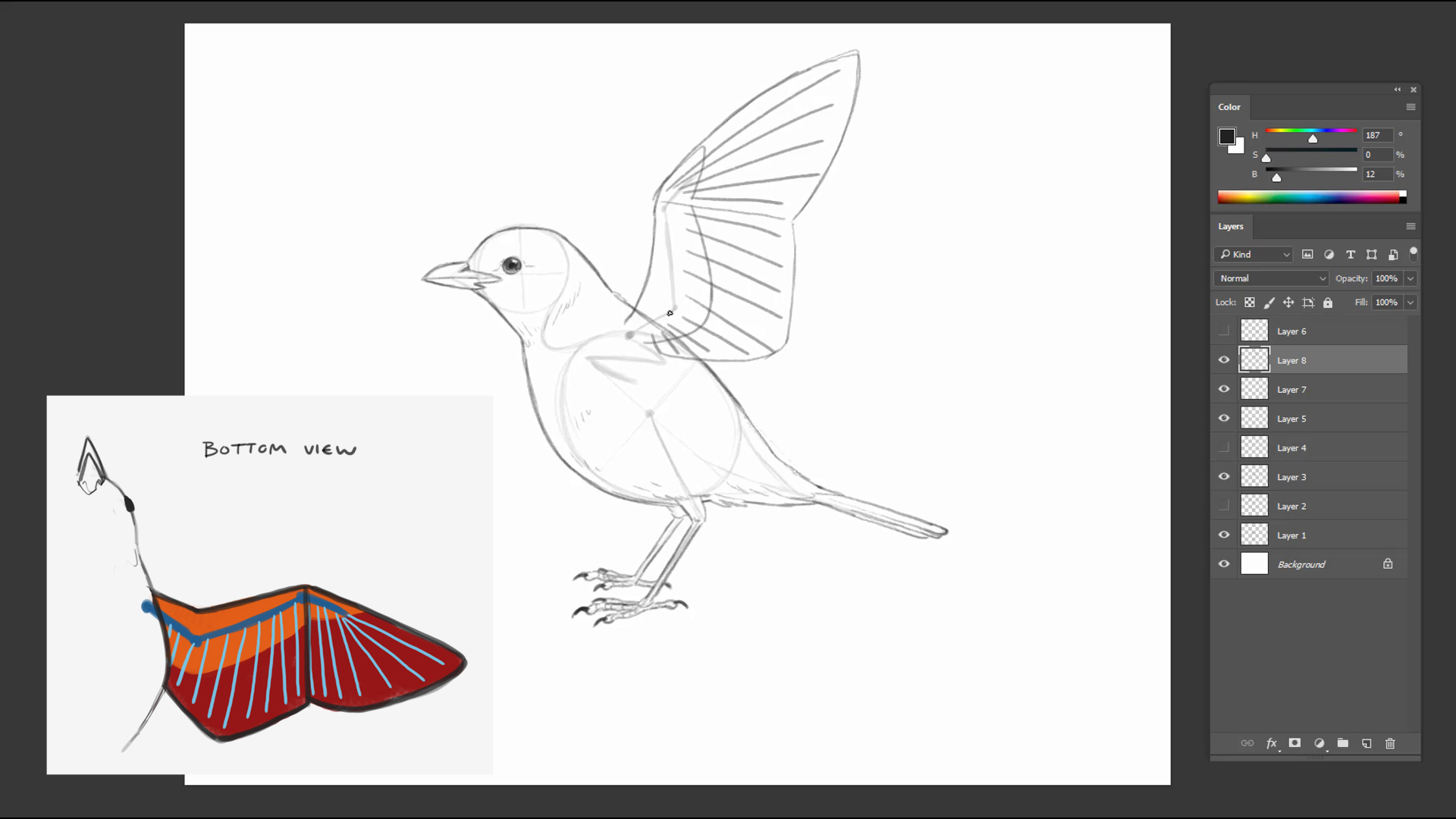
To create a sketch of a bird with its wings open, draw the skeletal structure of the wing and the feather directions. On this under surface of the wing, there are only two sections and two visible layers of the feathers overlapping. The wing lining, which consists of smaller feathers, covers the longer feathers.
15. Draw in the feather details
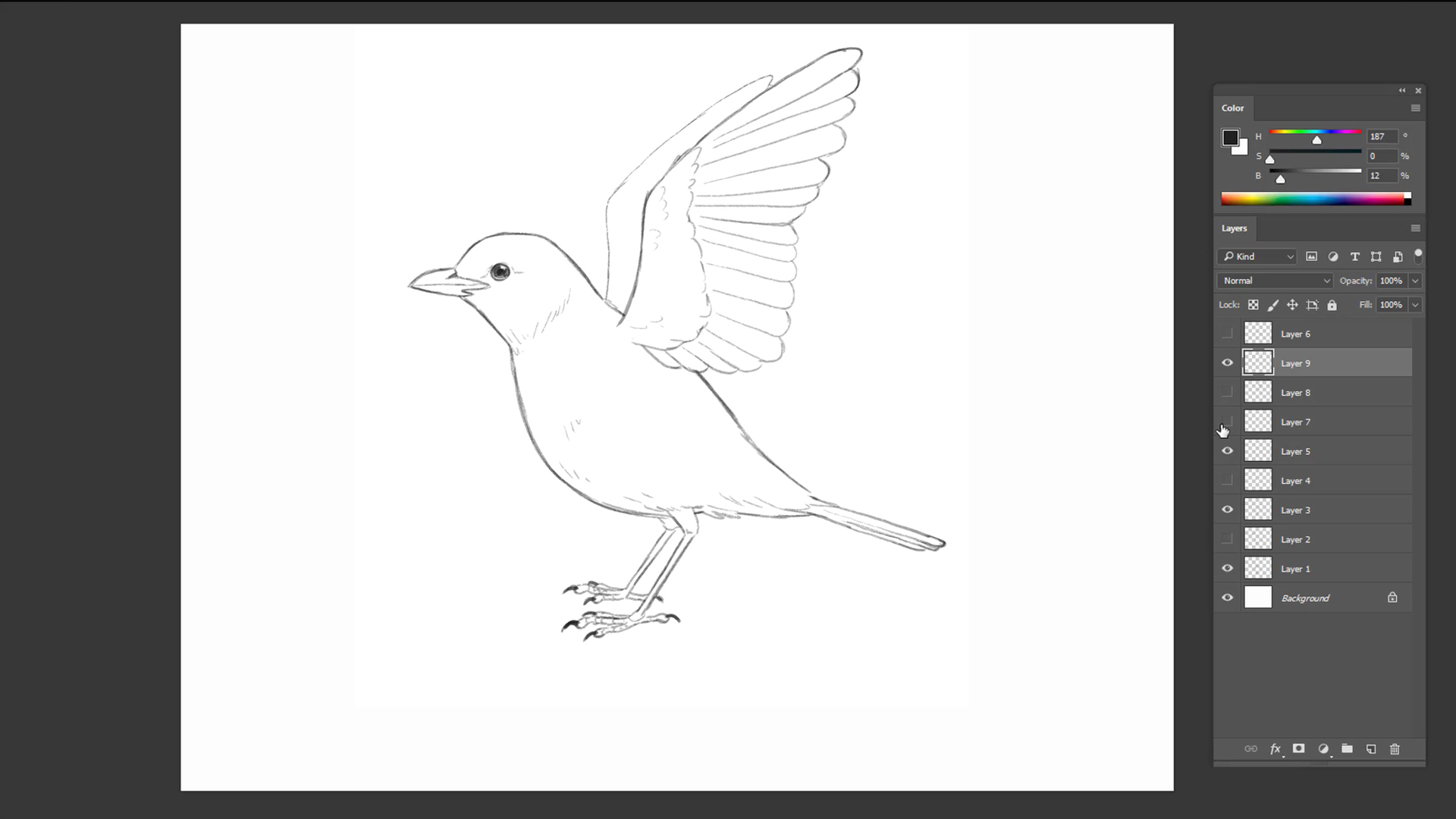
The layering of the feathers should start from the top, with the last feather at the bottom of the stack. Lastly, add the back wing to finish the drawing.
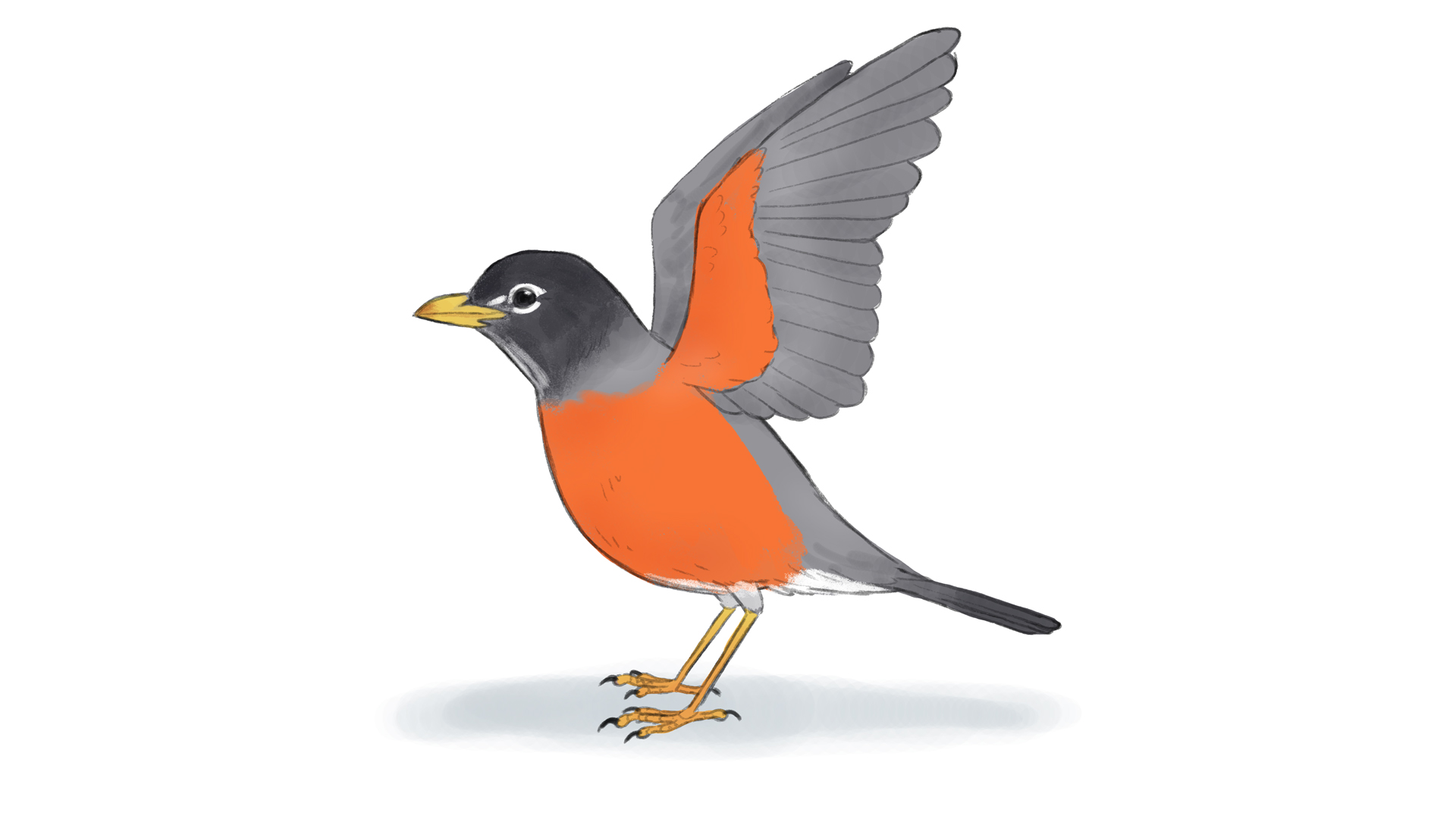
Read more:

Thank you for reading 5 articles this month* Join now for unlimited access
Enjoy your first month for just £1 / $1 / €1
*Read 5 free articles per month without a subscription

Join now for unlimited access
Try first month for just £1 / $1 / €1
